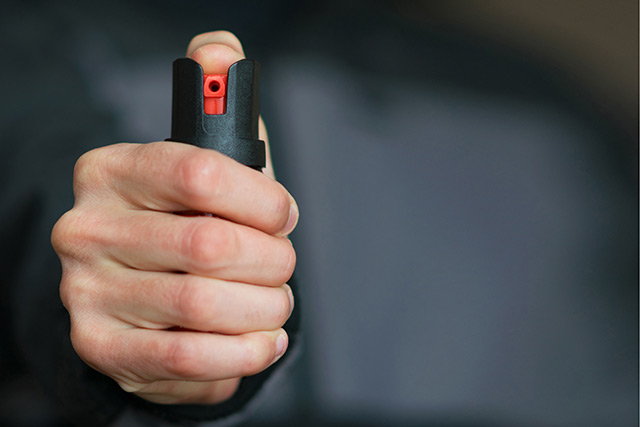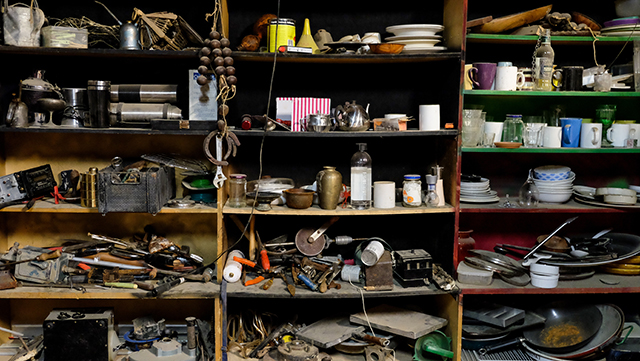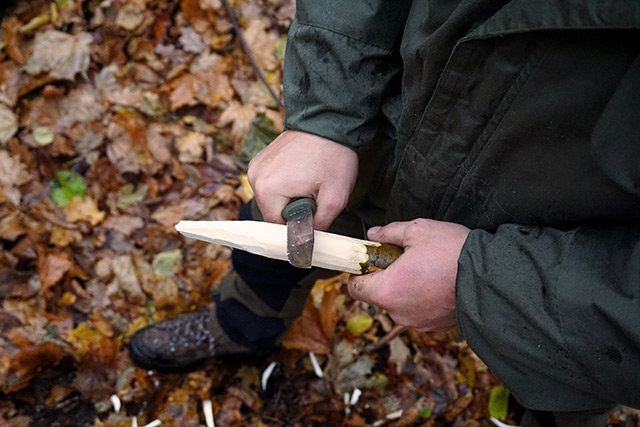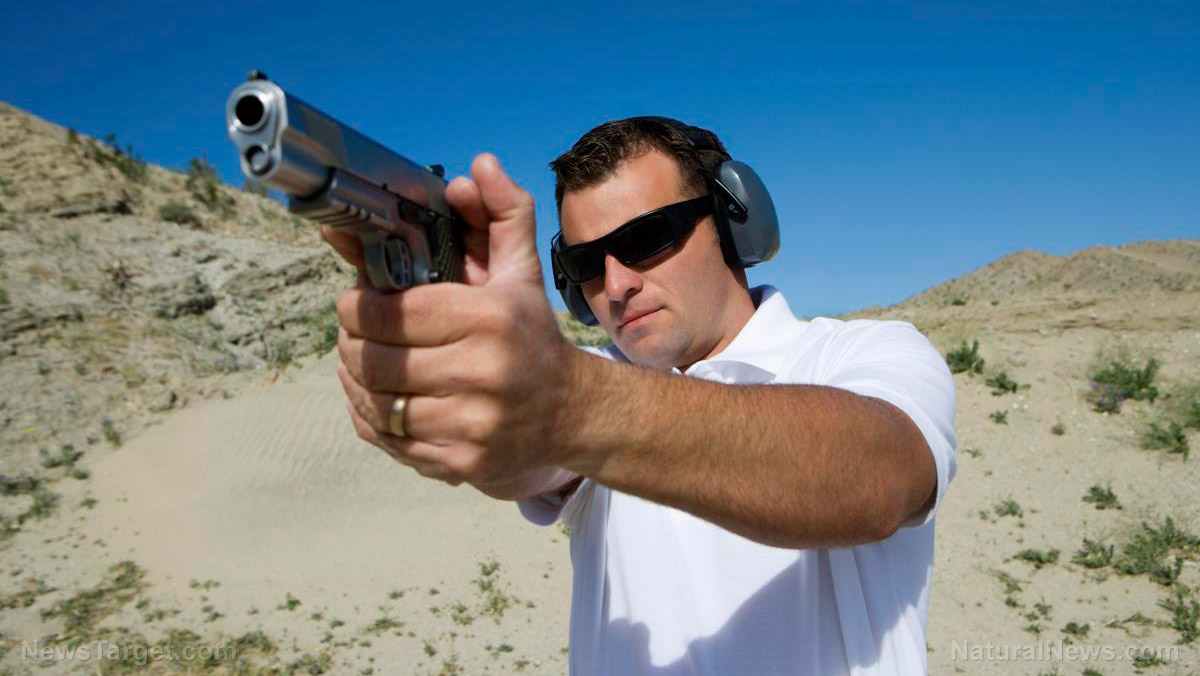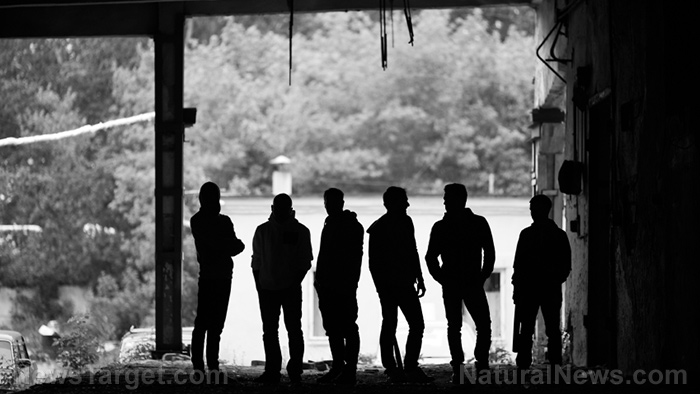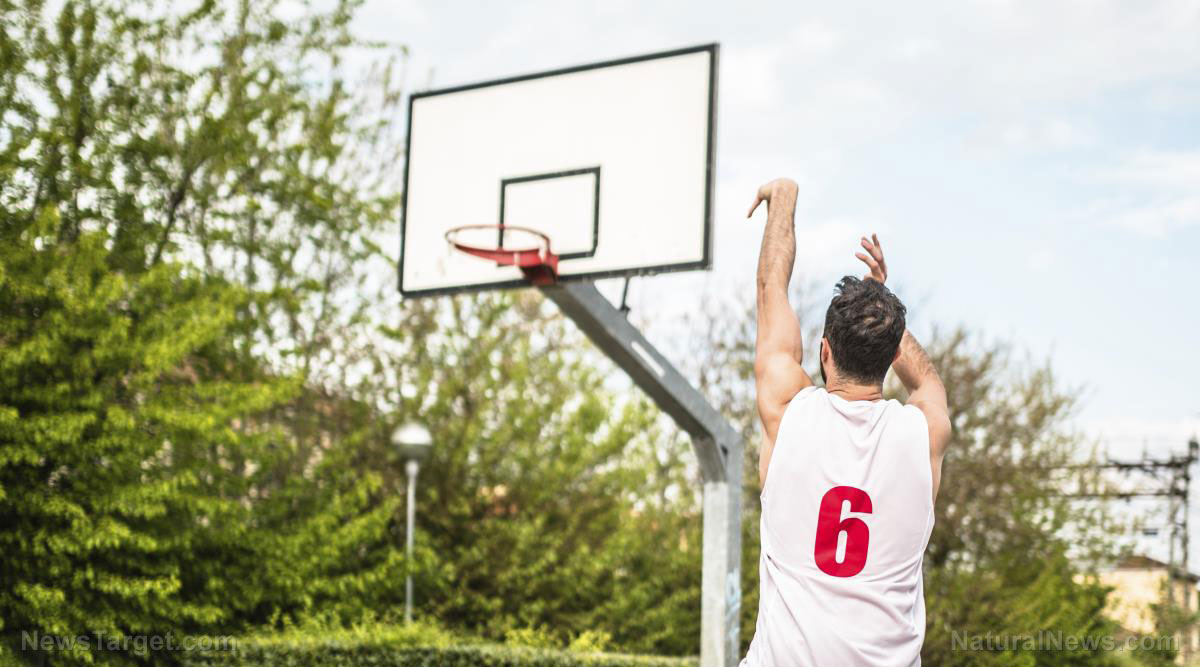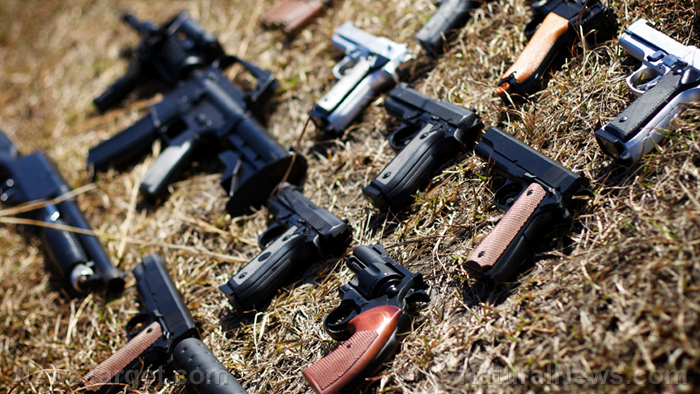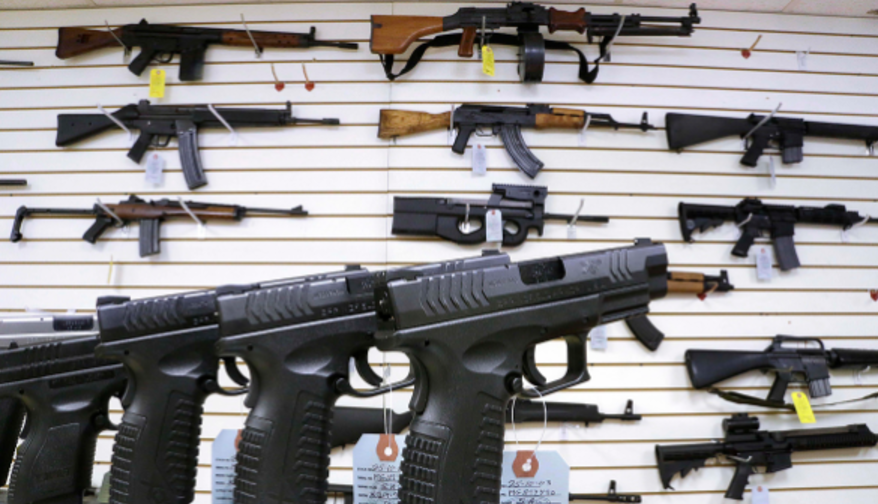Firearms training: Practical range shooting tips for beginners
11/29/2019 / By Arsenio Toledo

Shooting ranges serve an important purpose for preppers: Spending time at the range helps you improve your skills and it keeps you in check with what you know and don’t know about firearms.
If you’re new to guns and have no clue what to do when you get to the range, don’t worry – it’s not as daunting as you might think. However, consider not heading to the shooting range empty handed and with zero knowledge of what to do. Here are some tips for your first time at the range. (h/t to ThePrepperJournal.com)
The range isn’t the place to work on your fundamentals
You’re going to the range to train and improve your skills, so it’s important to learn the fundamentals of gun handling beforehand. Learn the right stance and grip, familiarize yourself with the trigger and acquire good sight alignment before you even leave your house. If you’re new to firearms in general, there are tons of articles and videos on the internet that can guide you through the basics.
Bring your supplies
You need to answer two questions before you go to the range: What gun are you bringing and what will be your purpose at the range? The answer to these questions will help you decide what supplies you’ll need. Having a dedicated range bag with all of your essentials is a good idea. It will keep everything you need in one place, meaning that you will almost never forget anything – from eye and ear protection, cleaning tools and extra ammunition to other basic supplies.
Snap caps for dry firing
Snap caps are bullet-shaped devices that can help you during dry-firing practice. Snap caps are shaped like bullets but they contain no primer, propellant or projectile. These are usually used for dry firing, which is when the firearm is test fired, usually into a gun clearing device.
Snap caps serve a great purpose. They protect your weapon from damage as some firearms can malfunction if you fire them on an empty chamber. They help you avoid jams, they help practice your skills with loading and they make sure your trigger works. If you’re new to firearms, an instructor might use snap cap rounds to teach you.
You don’t need to bring a “good target”
Most shooting ranges will have targets that you can practice with. Some of them will even require that you purchase their targets. Others will allow you to bring your own target, such as soda cans and small, old appliances. There tends to be a competition between shooters to bring something “good” to practice with. This isn’t necessary. The important thing is for you to practice until your shots land.
Act out different scenarios and practice in different conditions
Now that you’re at the range and you have a target, you can start shooting. Practice for the kind of scenario you think you’re most likely to face, whether a gunfight or hunting for game. Come to the firing range at different times and conditions – cold, wet, windy, early in the morning or as late in the night as the range permits.
Also, be sure to act out scenarios where your movement may have some restrictions. Practice shooting while leaning on something or crouching low on the ground.
Do some cardio
This is just as important as all the other steps. Simulate the adrenaline rush you may get if you’re hunting or in a combat situation. Before going to the range, do a few laps. If you want to simulate this feeling while you’re in the range, jog in place for a minute to get your heart pumping before shooting. Notice the difference and figure out what you need to work on when you’re shooting in a high-pressure situation.
Make the most out of your time in the range
If you’re going to the range to have some fun, taking your time is fine. But if your goal is to practice your shooting skills, then every second on the range counts. Make sure to spend every minute shooting and practicing what you need to work on, such as your footwork, your recoil management and your reloading time.
Ultimately, do not treat your time at the range as some kind of game, especially if you’re aiming to improve your skills. You are there to be a better shot and to be better at handling firearms – skills that will help you survive if and when SHTF.
Sources include:
Tagged Under: ammo, ammunition, dedicated range bag, firearms, firing range, gun how to, gun safety, gun supplies, guns, preparedness, prepper, prepping, prepping tips, self-defense, shooting, Shooting Range, snap caps, training
RECENT NEWS & ARTICLES
COPYRIGHT © 2018 SELFDEFENSE.NEWS
All content posted on this site is protected under Free Speech. SelfDefense.news is not responsible for content written by contributing authors. The information on this site is provided for educational and entertainment purposes only. It is not intended as a substitute for professional advice of any kind. SelfDefense.news assumes no responsibility for the use or misuse of this material. All trademarks, registered trademarks and service marks mentioned on this site are the property of their respective owners.


